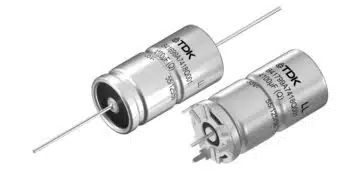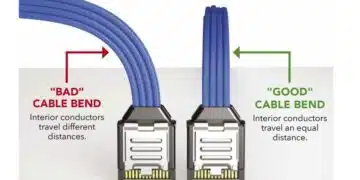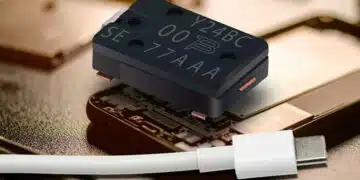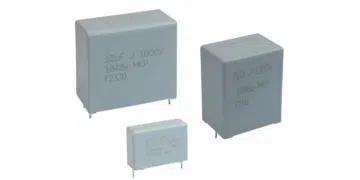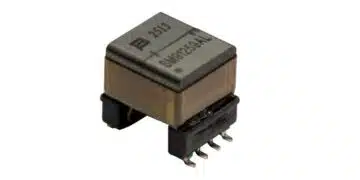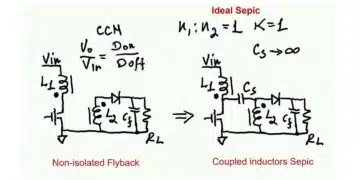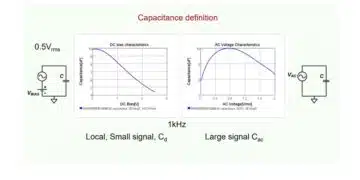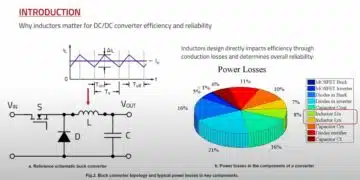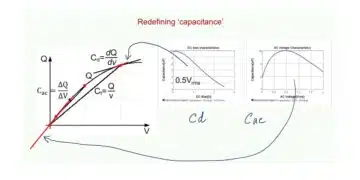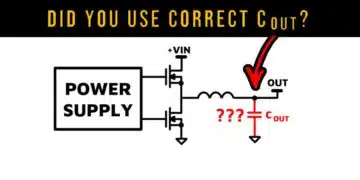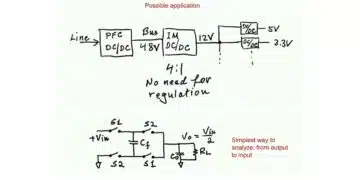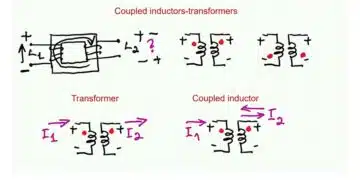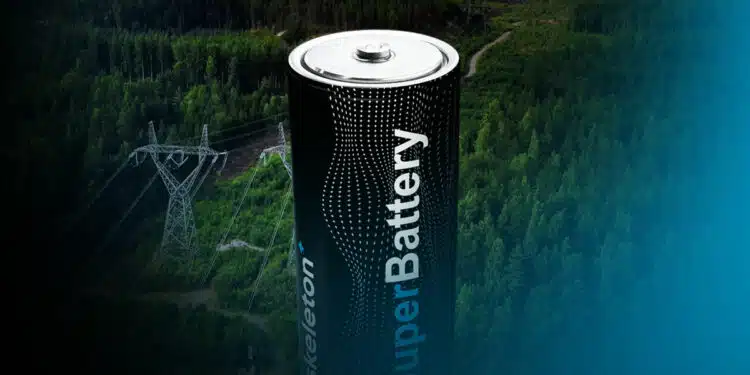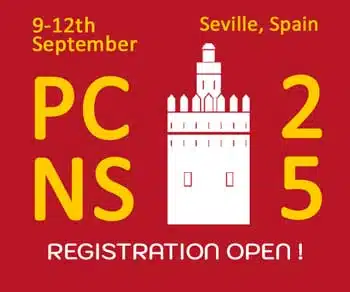Skeleton Technologies is strengthening its presence in Finland by opening a new research and product (R&D) development unit at LUT University campus area in Lappeenranta this year.
This marks the company’s second major investment in Finland, following the investment in a pilot factory in Varkaus early 2023.
The approximately 9,400-square-meter pilot factory in Varkaus began operations in May last year, under the leadership of Kai Vuorilehto. He serves as the scientific director and is responsible for both the pilot factory in Varkaus and laboratory in Otaniemi.
Today, Skeleton’s SuperBatteries are being developed in both Germany and Finland. Electrode manufacturing takes place at the Varkaus facility, which currently operates as a pilot factory with a primary focus on the product development of new energy storage technologies and materials.
The new R&D unit in Lappeenranta powers net zero goals
Opening a new research and product development unit in Lappeenranta marks a significant milestone in Skeleton’s growth and Tero Järveläinen has been appointed to lead Lappeenranta unit. LUT University (Lappeenranta University of Technology, is a public research university that was founded in 1969), has a prestigious position as Finland’s leading electrical engineering university and is ranked as the 10th best university in the world in climate actions.
This provides an ideal environment for Skeleton’s continued growth, with the city of Lappeenranta. It is therefore no wonder that Lappeenranta was also chosen as the greenest city in Europe in the 2021 European Green Leaf Awards organized by the European Commission. The city of Lappeenranta is located on the shores of Europe’s fourth largest lake, Saimaa. It’s also the first city in Finland to transition to 100% renewable electricity, making it a natural fit for Skeleton’s mission to revolutionize energy storage with its supercapacitors and SuperBattery technologies. The company’s investments in Finland aim to leverage the country’s high-level engineering and energy expertise while it is a seamless way to hire future talent directly from the technical university to work for the company.
Skeleton’s path to the world’s highest power, fastest charging batteries
In today’s fast-evolving energy landscape, saving energy is more critical than ever before. The impact of climate change is evident across all industries. The development of new, more sustainable energy storage solutions is of primary importance for our future. We need to invest, innovate and develop solutions such as SuperBattery and supercapacitors, which help large industries harness renewable energy sources even more efficiently. It is also necessary to get rid of critical raw materials and imported metals, and replace them with more durable synthetic materials, such as the Skeleton Technologies patented Curved Graphene.
Skeleton’s SuperBatteries are cutting-edge energy storage solutions that deliver exceptional performance. With ultra-fast charging times of less than 60 seconds and a high-power density, they stand out for their extreme durability. Designed to operate reliably in temperatures as low as -40°C, these batteries boast an impressive lifespan, exceeding 50,000 charge and discharge cycles, making them ideal for demanding applications where reliability and longevity are critical. “A SuperBattery is therefore a combination of a standard Lithium-ion battery and a supercapacitor. By combining SuperBatteries, you get modules, and by combining them further, you can build large systems,” says Kai Vuorilehto, Scientific Director.
Looking ahead, one of Skeleton’s key objectives is to optimize production at the current Varkaus factory. Furthermore, the world’s largest Superfactory, scheduled to open next year in Leipzig, Germany, will commence supercapacitor production, with a projected output of over 4 million cells annually. For the SuperBattery, we anticipate this level of production capacity to be achieved upon the completion of the R&D and SuperBattery manufacturing facility in France, which is scheduled to begin operations in late 2028.


